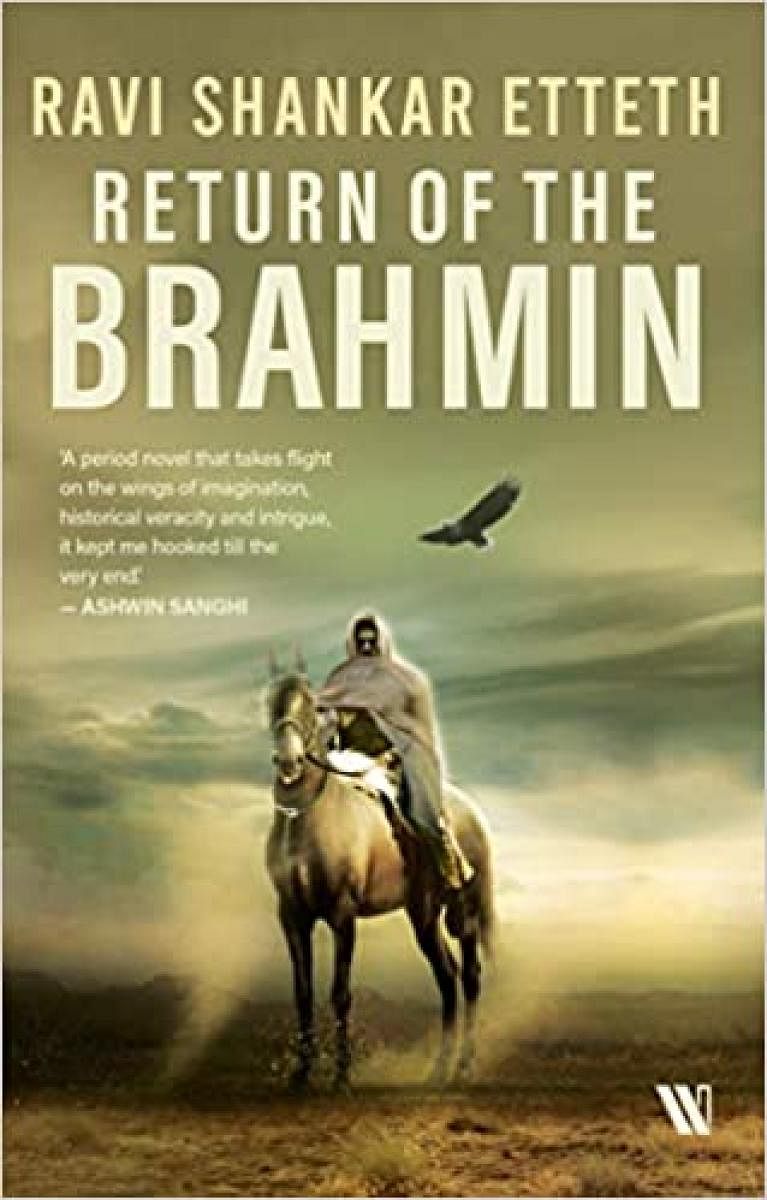
The Brahmin, that enigmatic Machiavellian warrior-strategist, is back, and engages the reader as intensely as he did when Ravi Shankar Etteth first introduced us to the character in 2018.
For the necessary recap aimed at those who are yet to read the first book, The Brahmin is spymaster to Ashoka, ruler of Pataliputra, eventual Emperor of Magadha. This nameless espionage agent is quite in the mould of his predecessor Chanakya, who we knew as Ashoka’s grandfather Chandragupta Maurya’s master strategist and right-hand man. The Brahmin and the king go back a long way; he has fought alongside Ashoka in the battle of Taxila and saved the king’s life, but the royal remains just that bit wary of the mysterious man.
Etteth has always been able to twine together authentic strands of ancient history and modern storytelling techniques, and here he yokes both together to tell a fast-paced adventure story that is a lively, gripping read.
This is pure unadulterated entertainment. We are back in the third century BC, Emperor Ashoka is beset by a fresh wave of worriment, and who else but the urbane, agile, enigmatic Spymaster to help untangle the intertwined knots? The story has poisoners galore as also beauteous vishkanyas, a deadly necromancer, all the characters driving the plot skillfully.
The first book, The Brahmin, tells us how Ashoka became emperor of Magadha after defeating his crafty foe, Lord Suma. However, the threat to the throne, to Ashoka’s life and limb and to those close to him, endures. This time, it comes in the form of an entity known as the Broken Man, Khandapati. Just as the Spymaster’s identity remains a mystery, so does Khandapati’s, even as the latter spreads a mesh of death and destruction, first in the vicinity of the palace, then inside the palace itself. If there is a Broken Man, there is also a Faceless Man, and then there is the Brahmin, who readers of the first book have discovered, comes from a lineage that traces its origins to both Ravana, King of Lanka, and the artful, astute Chanakya himself.
Humanising Ashoka
In the face of all these attacks, the emperor has to appeal once again to his friend and close confidante, the Brahmin. Ashoka is not entirely at ease giving his spymaster untrammelled control, but he has to get on top of the situation, so he does. The Brahmin, of course, proves himself more than capable of handling the situation and does so deftly, gracefully and in thrilling fashion.
Of much interest to this reader was the character delineation of the emperor, a man who is anything but calm or Zen-like in personality and composure. This is a vacillating Ashoka full of doubts, external and internal, and not too willing to spend too much time in introspection. Not quite the stuff of popular legend, this warts-and-all very human king is a character the reader is drawn to.
Equally interesting is the way outliers like the Ajivika sect get pulled into religious conflict, as is the powder-keg situation between Hindu priests and Buddhist monks.
Return of the Brahmin is an intelligent, fun read from the writer of The Brahmin.